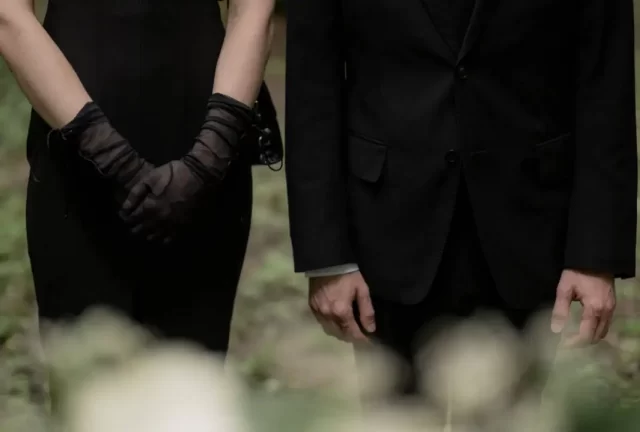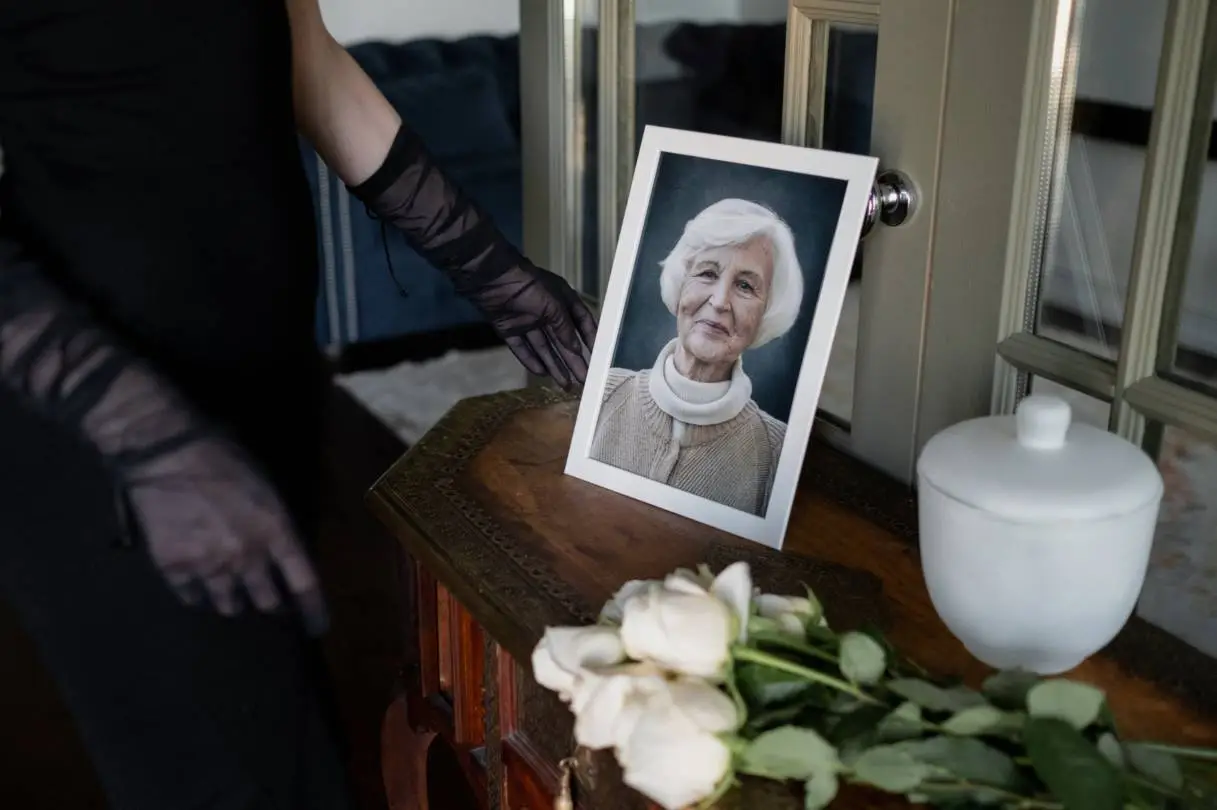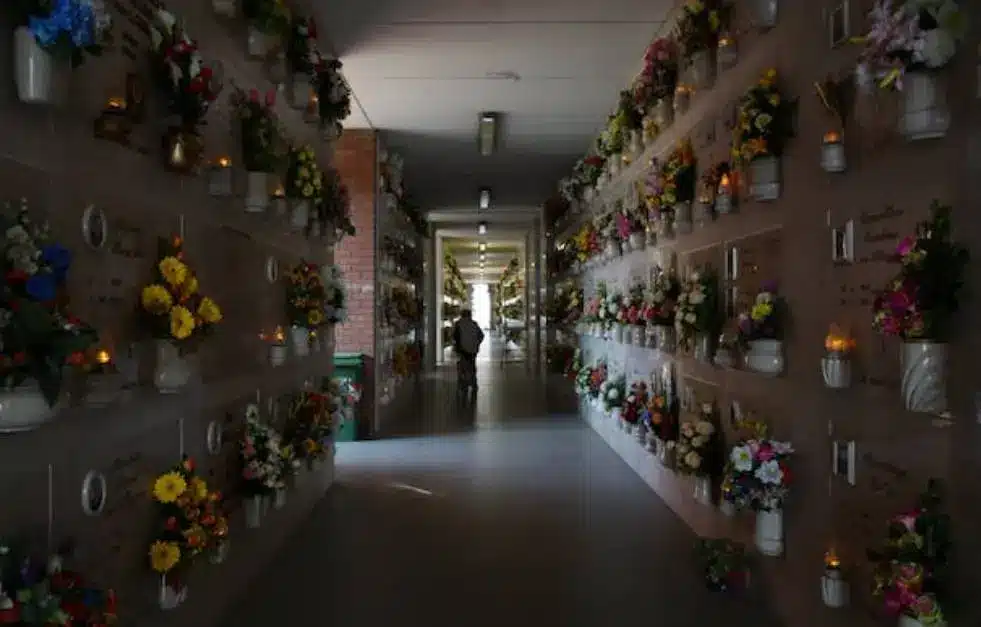As the final curtain draws, the decision of how to leave this stage of life looms large. Recent years have seen a marked shift from burial to cremation. What’s motivating this transformation, and what does it mean for those in the funeral industry as well as individuals making their final arrangements? This post unpacks the evidence behind this changing tide, delving into economics, evolving cultural norms, and more.
Cost Considerations
Cost is often at the forefront of decision-making, and it’s no different when it comes to the choices surrounding end-of-life services. Cremation consistently emerges as the more affordable option when compared to traditional burial. Cremation sidesteps the need for embalming, a casket, a burial plot, and a headstone – each a significant expense. The economic drivers behind this choice are compelling, especially as many face financial uncertainty. For individuals and families looking to minimize the financial burden of their passing, cremation presents a fiscally responsible choice. Today, affordable cremation services exist for those on a tight budget, making cremation a viable choice for all. On the other hand, traditional burial can often leave surviving loved ones struggling with a hefty financial burden, adding to the emotional distress of their loss.
Shift in Cultural Attitudes
Traditions evolve, and so do perspectives on death. A growing environmental consciousness has made cremation a preferable choice for the eco-minded, complete with the appeal of a smaller carbon footprint. The biodegradable urns and the potential to grow new life from ashes resonate deeply with those who prioritize sustainability. Cultural attitudes towards permanence and memorialization are also transforming. The static nature of a burial plot is increasingly being contrasted with the fluidity and portability of cremation ashes. Many people are drawn to the idea of being able to take their loved ones’ remains with them as they move through life, rather than leaving them in one fixed location. This shifting mindset has a significant impact on end-of-life decisions and the funeral industry as a whole.
Flexibility and Convenience
Cremation accords a level of flexibility that traditional burial cannot match. Ashes can be kept close in an urn at home, scattered in a place of significance, or even divided among loved ones. This flexibility extends to memorial services, which can be scheduled independently of the body’s preservation – allowing for more time to plan and accommodate those wishing to pay their respects. Ease of transportation is an often-overlooked advantage. For our increasingly mobile society, the ability to take one’s final remains across borders is a distinct plus. As a result, cremation has become an increasingly popular option for those who anticipate living out their final days away from their original home. Overall, the convenience and flexibility of cremation make it a logical choice for modern lifestyles.
Space Constraints
As megacities burgeon and space becomes premium real estate, cemetery capacity is stressed to its limits. Cremation is not bound by land scarcity and, as population densities increase, it offers a pragmatic solution to the constraints faced by urban centers globally. The ability to store ashes in a columbarium or scatter them means that families can still honor their loved ones’ wishes for a final resting place, without contributing to the overcrowding of traditional cemeteries. The choice between burial and cremation is undoubtedly personal, but it’s clear that factors like cost, cultural attitudes, flexibility, and space considerations are driving more people toward cremation. As we continue to see a shift in end-of-life practices, the funeral industry needs to adapt and provide options that meet the evolving needs of individuals and families.
 Religious and Cultural Acceptance
Religious and Cultural Acceptance
Once taboo in certain religions and cultures, cremation has gained broader acceptance. Many faiths have reevaluated their positions, adapting their practices to include cremation as an acceptable option. This shift reflects the dynamic nature of cultural norms and showcases the inclusive direction in which societies are moving. As cremation becomes a more widely accepted practice, its popularity is likely to continue to rise. In modern times, personalization and individual expression are highly valued, even in end-of-life rituals. Cremation provides a blank canvas for customization – from choosing an urn that reflects one’s personality to planning a unique scattering ceremony or memorial service. This level of personalization adds meaning and comfort to the grieving process, making cremation an attractive choice for many individuals.
From the cost savings to the comfort of adaptability, the reasons behind the preference for cremation are both multifaceted and poignant. As cultures continue to develop and priorities shift, the trend towards cremation is likely to continue. The future of funeral practices is inevitably moving towards the more sustainable, economical, and flexible options that cremation encapsulates. As the funeral industry adapts to these changes, professionals and individuals alike must often navigate uncharted waters. The journey is neither simple nor uniform, but with comprehensive insights, there is a beacon to guide the way. The transformation of these practices speaks to a larger narrative of change—one that shapes how we honor life and how we address its inevitable end.

Speaks from heart, always too passionate and driven by emotions. Spins the words with kindness & sharpness, intriguing your ever-inscrutable minds.




